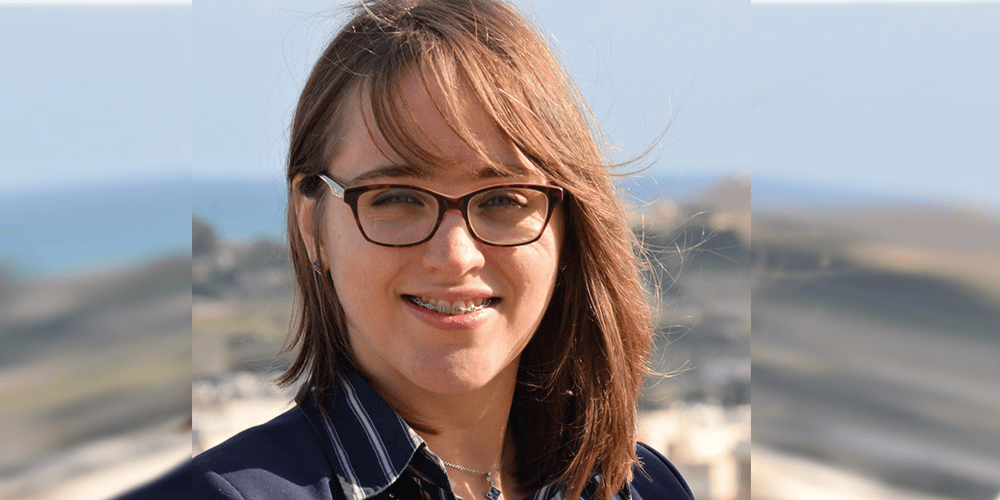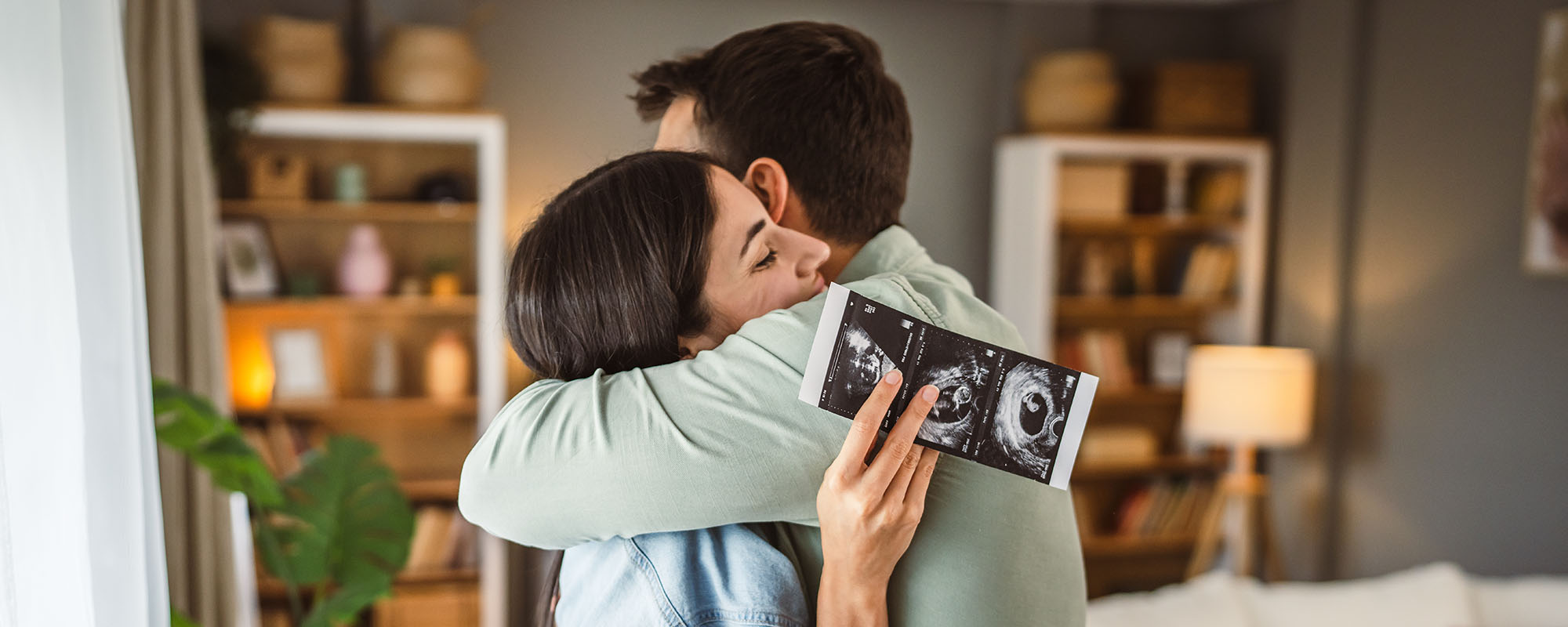Author: Daphne Anne Pollacco
Breast cancer is the most commonly occurring cancer in women and the second most common cancer overall. Malta ranked at number 17 among the 25 countries with the highest rates of breast cancer in 2018, according to World Cancer Research Fund International.
Cancer patients often need X-ray imaging for diagnosis and to track recovery. But X-ray radiation is a double-edged sword. It can help to spot the cancer, but it can also contribute to the problem.
Radiation can change the molecular and atomic structure of tissue, potentially leading to other cancers developing. But do any other technologies exist that could achieve the same result without harming patients?

My research is about using microwaves for cancer imaging. This journey began when the physicians and anatomists at the Faculty of Science (University of Malta) came together to tackle this challenge. Microwave radiation, unlike X-radiation, is non-ionising and does not alter biological matter. Microwave imaging can be used alongside ultrasound and magnetic resonance imaging (MRI), but it has several advantages. While MRIs can take hours to image a ‘slice’ of the human body, microwave imaging can yield results in minutes. The technology is also cheap as parts are already being used in telecommunications, which means that most hospitals worldwide could afford it.
In order to continue developing microwave technology, we first had to test it. We also needed to better understand how healthy tissue responds to radiation, so that we know what differences to look for when a tumour is growing. To do this, we have been performing experiments on rats. Rats are a good model to use because their adipose (fat) and muscle tissue bear many similarities to human breast tissue. Using microwaves, we take measurements from these animals which give us clues about the tissue’s physical properties. Changes in these measurements would alert us if a cancer was present.
With these measurements and a clever mathematical equation, we can also make computational simulations of human breast tissue, which allow us to keep testing and adapting the technology. Another goal we have is to come up with an even more intricate equation that we could use to simulate other types of tissue. If we manage this, we could simulate liver, lung, brain, or any biological tissue you can think of, and test microwave imaging on them in the lab. Eventually, this will add another technology to the arsenal.





Comments are closed for this article!